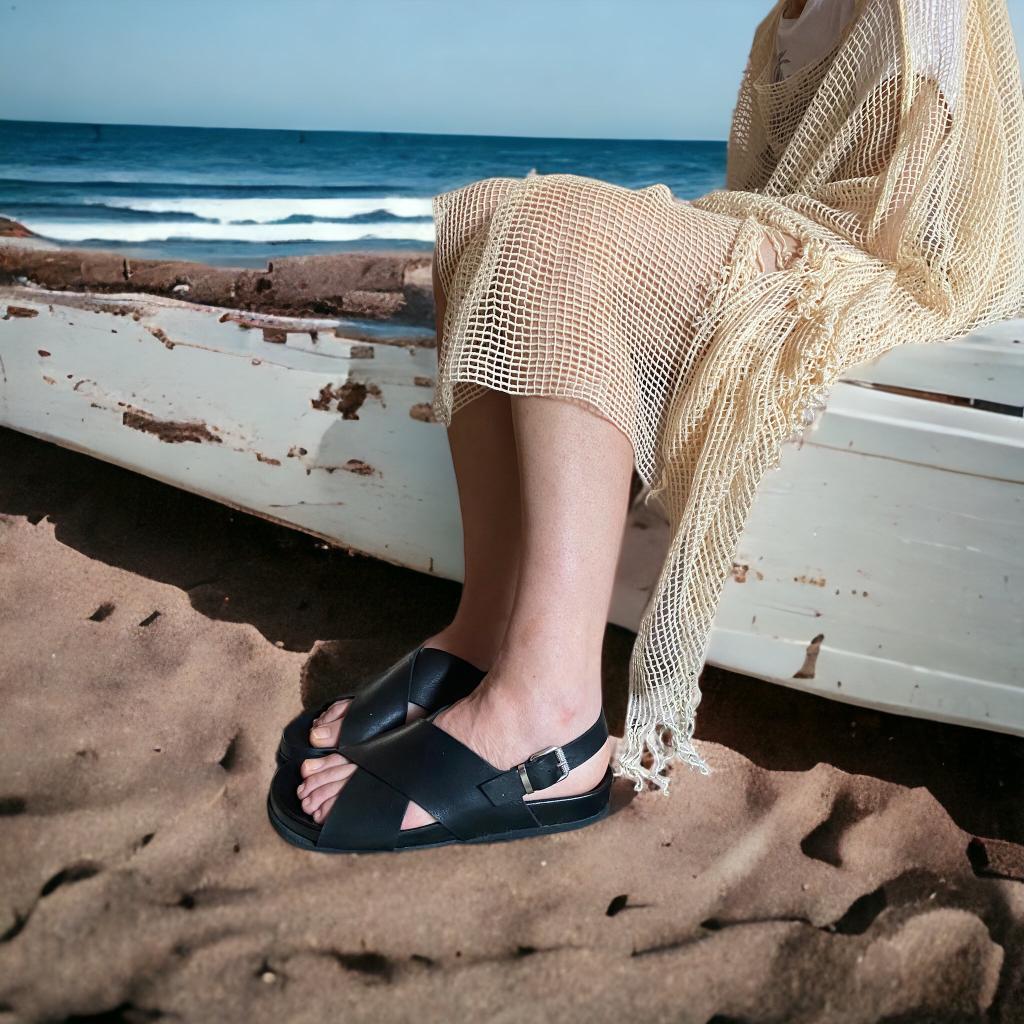The Greenwashing Effect
& Where Sustainability Can Grow
Today, we read on Modem about Camera Nazionale della Moda Italiana’s presence at COP28, and the greenwashing effect starts itching. By the way, the entire conference sparked a considerable sense of discomfort.
Indeed, the recent presence of the fashion world at COP28 in Dubai raised eyebrows and questions about the authenticity of the messages from mainstream fashion entities. Likewise, the event “Climate Change is not Cool: A Sustainability Message from the Fashion World” by Camera Nazionale della Moda Italiana.
COP28 & the fashion industry
While it’s promising to witness fashion institutions addressing sustainability on global platforms, there’s a deep concern about greenwashing. True sustainability isn’t a marketing tactic; it’s a fundamental shift in values, production methods, and consumer behaviour. Which we failed to witness so far. When mainstream brands adopt sustainability as a buzzword without genuine commitment, they dilute the essence of real change.
The authentic roots of sustainability
A genuine, sustainable culture in fashion starts as a counter-culture, born from grassroots movements, independent designers and shops, and community-driven initiatives. It’s radical, disruptive, and not easily co-opted by corporate agendas. These movements champion transparency, good quality, ethical production, and circular economies.
The power of the counterculture
History has shown that meaningful change often originates from the fringes, where unconventional ideas take root. These movements challenge the status quo, paving the way for a new fashion narrative that prioritises craftsmanship, durability, ethical practices, and a deeper understanding of the environmental impact.
Shifting perspectives and empowering choices
As consumers, we hold significant power in shaping the fashion industry. Embracing a more sustainable mindset involves supporting independent, ethical brands, vintage and secondhand fashion, and demanding transparency from big corporations. It’s about making informed choices that align with our values and contribute positively to a more sustainable future.
The fact that fashion entities participate in events like COP28 can create a false impression of sustainability – the greenwashing effect, indeed. However, real change happens through the efforts of communities, alternative movements, designers and shops that prioritise quality – less, much less but better – not overconsumption.
Eventually, we must remember that we vote with our wallets; that’s how we shape the world we want. And that’s how we attest our commitment to sustainability.
The Greenwashing Effect Read More »
